Types of Diamond Cuts
and
Diamond Shapes

There are five main types of diamond cuts which give rise to the different types of diamond shapes.
Below
you will find info about the five different diamond cuts, including their characteristics plus pros and cons
and the many types of shapes which are formed from each of the cuts.
If you would like to know more about each type of diamond shape, just check-out the Engagement Ring Styles
page to see the in-depth essentials about each shape including the
round, princess, radiant, oval, Asscher, heart, marquise, cushion, pear
and emerald shape.
Fun Fast Facts
About Diamond Cuts!
Today, the most popular type of diamond cut is the brilliant round cut.
The oldest diamond cut is known as the 'point cut' and dates to the mid-1300s.
The art of diamond cutting did not achieve significant advancements until diamond saws were developed in the early 1900s.
And as always, if you have any questions which are not answered here - just use the handy comment box at the end of the page to send in your questions!
The Round Brilliant Diamond Cut
The Round Brilliant cut maximizes a diamond's ability to reflect light back to the viewer. This is the cut that has the highest amount of brilliance and fire out of all of the types of diamond cuts, due to it's stunning optical effects achieved through 58 perfectly symmetrical facets. Since its invention in the early 1900s, it has remained the most popular and most studied type of diamond cut.
The round brilliant diamond cut is the standard by which the cut grade of a diamond is based upon for certification reports.
Pros of the round brilliant cut: in addition to its light reflective qualities, the brilliant also has the highest resale value, and the round shape of the brilliant cut diamond is stronger and more durable than any of the other cuts.
Cons of the round brilliant cut: to achieve the standard by which this cut must conform to, most of the diamond's original weight is sacrificed (on average 50% of the diamond's rough weight is lost), as a result of the weight loss larger carat round brilliant diamonds are priced much higher than other cut diamonds. Premium high grade brilliants in larger carat sizes with excellent color, cut and clarity values can be a bit challenging to find too.
The Modified Brilliant Cut
The modified brilliant cut is sometimes categorized as a fancy cut (as are all other cuts which are not a round brilliant cut), while in other cases it is categorized as a type of brilliant cut. Whatever the case, the modified brilliant cut is used to create 'fancy shapes' which still retain the facet symmetry standard of the original round brilliant cut. The results are fancy diamond shapes that have a high amount of brilliance and fire.
The most popular type of fancy shapes of the modified brilliant cut
include the Heart, Marquise, Oval, Pear (also known as the tear drop),
and trillion. While these shapes are often called cuts, (such as the
'marquise cut'), they are technically shapes created from variations of the modified
brilliant cut.
Pros of the modified brilliant
cut: this cut expands diamond shape options without sacrificing too much flash and sparkle,
and this type of cut also has a high resale value.
Cons of the modified brilliant cut:
in some shapes a 'bow tie effect'
may occur - this type of visual effect causes a bow tie shadow to appear
when the viewer is looking directly down at the diamond. An excellent cut grade minimizes the bow tie effect. Some fancy
shapes, such as the heart and trillion, are not as durable as rounder
shapes too because the points on these shapes can become damaged;
setting these types of diamond shapes in strong protective settings can
reduce damage risks.
*The Next Three Types of Diamond Cuts Are Always Categorized as Fancy Diamond Cuts
The Step Diamond Cut
The step cut, also known as the trap cut, creates fancy diamond shapes which are square or rectangular. Many of these shapes have corners which have been shortened to reduce any chance of breakage or damage.
The facets of these shapes are also rectangular, and the stones are often quite shallow. This type of cut was created in order to maximize the carat size of a diamond and retain most of the diamond's original weight.
Fancy shapes that are crafted from the step
cut include the Asscher, baguette, Emerald, kite, lozenge, obus and trapeze shapes. These shapes are
often referred to as types of diamond cuts too, (such as the emerald cut), but they are
technically shapes formed by a type of step cut.
Pros of the step cut: for those who enjoy a square or
rectangular shaped diamond, and want a high carat weight for an affordable price,
this is the perfect cut.
Cons of a step cut: this cut sacrifices brilliance for weight, so this type of cut will not
have the same light reflective qualities as a round brilliant cut diamond. The
shallow size of the diamond, and wide facets, will show any minute inclusion or blemish to the naked eye, so it is best to select a
step cut diamond with a high clarity grade
The Mixed Diamond Cuts
The mixed diamond cut is a combination of the step cut and the modified brilliant cut. This type of cut is relatively new (the first dating to the 1960s), and it was created to fashion diamond shapes outside of the standard round shape which have a large amount of brilliance and fire while still retaining a majority of the stone's original weight.
Fancy diamond shapes crafted from the mixed types of diamond cuts are square or rectangular as well and include the barion, flanders, Princess, and Radiant shapes (*The radiant shape is sometimes categorized as a modified brilliant). Again, these shapes are often referred to as cuts, such as the princess cut, but they are technically shapes formed by a type of mixed cut.
Pros of the mixed cut: the mixed cut does not have quite as much
brilliance and fire as the modified brilliant cut but it comes pretty close
while still maintaining a large percentage of the stone's original
weight.
Cons of the mixed cut: mixed cut diamonds need to be securely set to reduce the chance of delicate corners breaking or cracking.
The Old World Diamond Cuts
The Old World cuts include the old minor cut, the European cut, and the rose cut. These are cuts that were originally used to shape diamonds before the emergence of the round brilliant cut - and before advancements in diamond technologies were discovered during the dawn of the Industrial Revolution. Many antique diamonds in jewelry pieces crafted before the 1900s were designed with Old World diamond cuts.
Pros of Old World diamond cuts: for people who love the look of an antique diamond these are the perfect types of cuts. Old World types of diamond cuts are quite unique too and are not seen in modern jewelry pieces.
Cons of Old World diamond cuts: Old World cuts tend to have a large bottom facet known as a culet - and a large culet will cause light to 'leak' from the bottom of the diamond reducing overall brilliance and fire, and if one is looking down at the diamond the diamond may look like it has a hole in the bottom of it. However, some people really love this old fashioned cut which was originally designed to softly shine and shimmer in the soft light of candles and gas lamps.
Now that you know about types of diamond cuts, take a look at EWR's other pages about Diamond Grades, Diamond Certification, Diamond Appraisal, Diamond Terms and Anatomy and more to expand your diamond education!
Questions or Comments?
Do you have comments or questions about types of diamond cuts?
Send in your comments and questions here, or share pics of your amazing diamond cut/shape with EWR visitors!
Return from Types of Diamond Cuts to Diamond Wedding Rings
or
Return to Everything Wedding Rings Home
Recommended & Trusted Jewelers
Our Advertisement Policy
Adin Fine Antique Jewelry
Use Code=Everything-Wedding-Rings
For a 5% Discount
Top Diamond Wedding Ring Picks!
Double Pearl Halo Lab Grown Wedding Ring Set
by Clean Origins
French Pave Oval Diamond Engagement Ring in Platinum (matching bands available) by Blue Nile
Nouveau Style Asscher Cut Diamond Wedding Ring Set in 14K Rose Gold by Brilliant Earth
Pave Leaf Halo Emerald Cut Diamond Platinum Engagement Ring (matching bands available)
by Blue Nile
'Toi et Moi' Diamond Engagement Ring in Platinum by Brilliant Earth (matching bands available)
'Nico' Men's Lab Grown Diamond Platinum Wedding Band by Clean Origin
3-Stone Round Brilliant 18K Yellow Gold Engagement Ring (matching wedding band available) by Gemvara









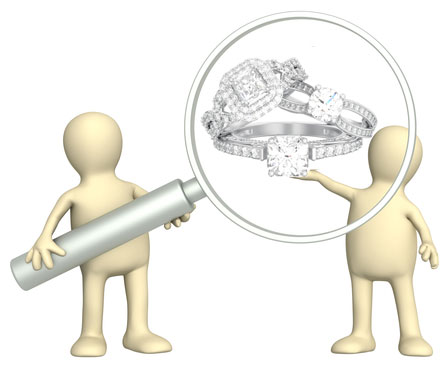



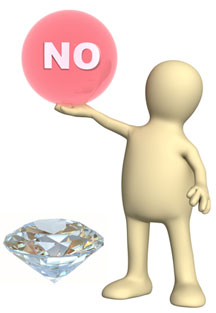

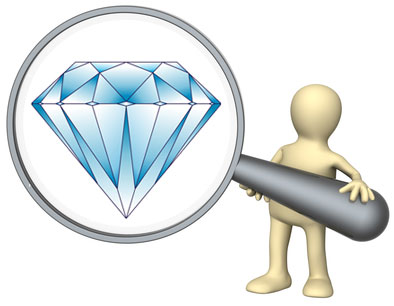





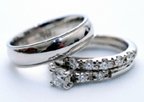



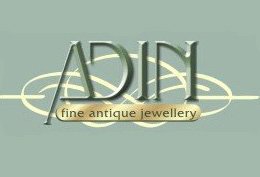
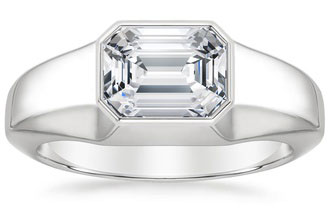
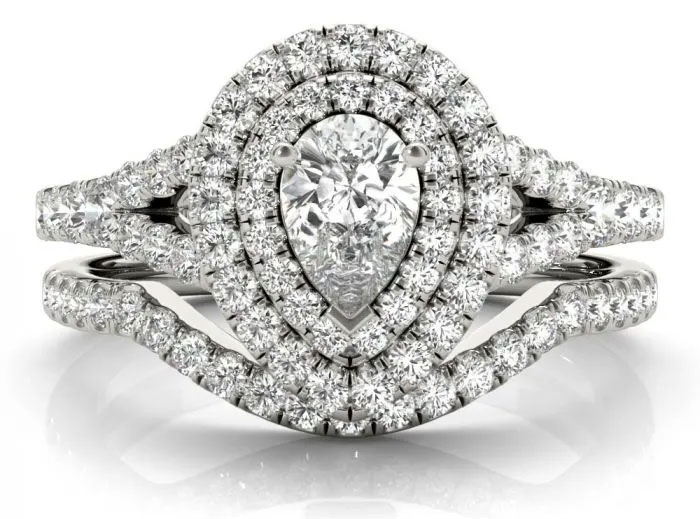
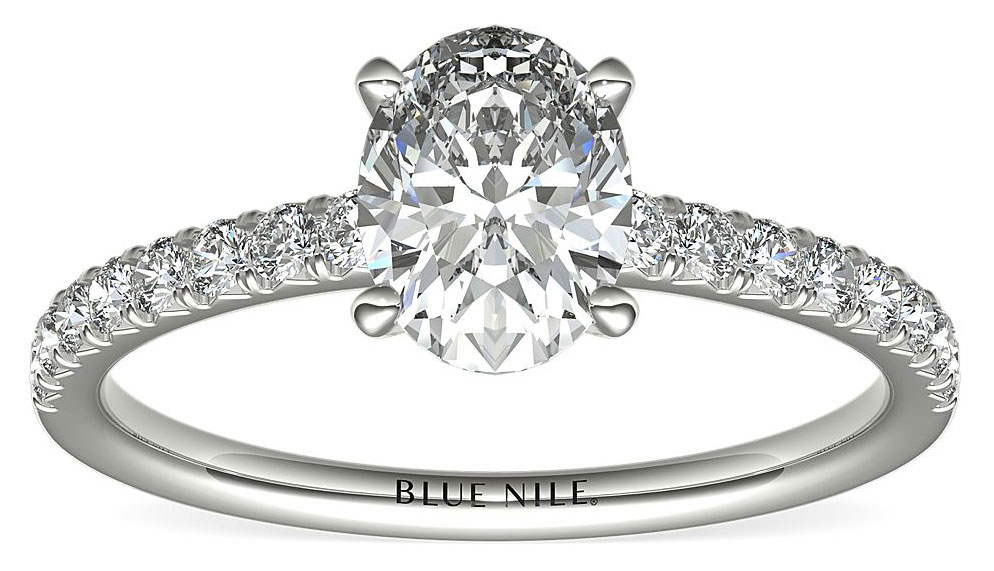
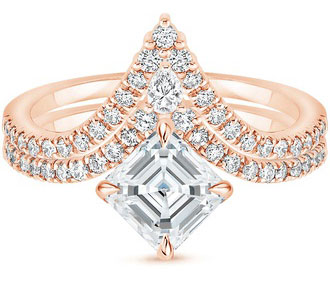
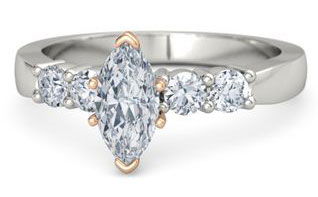
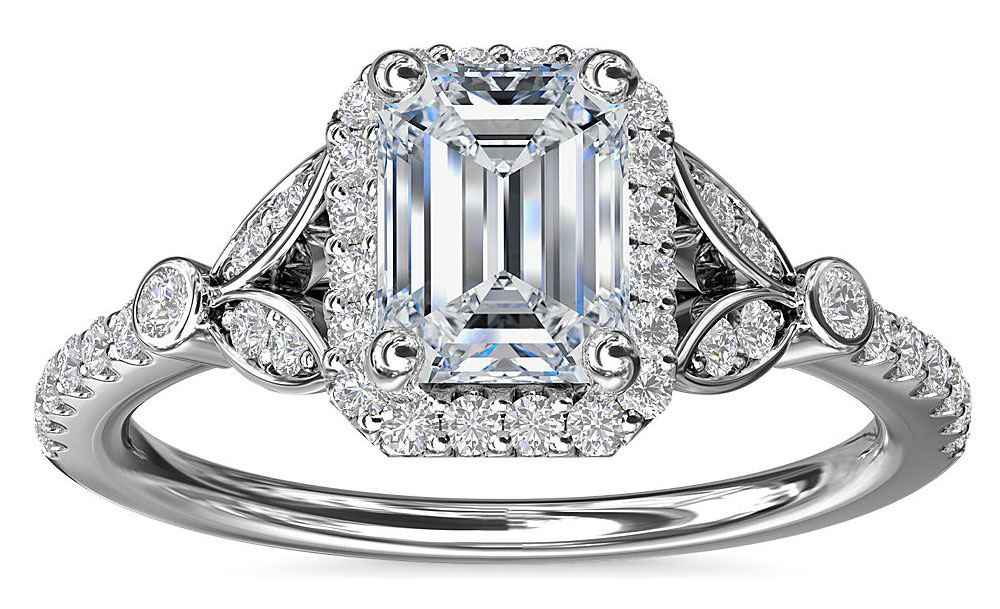
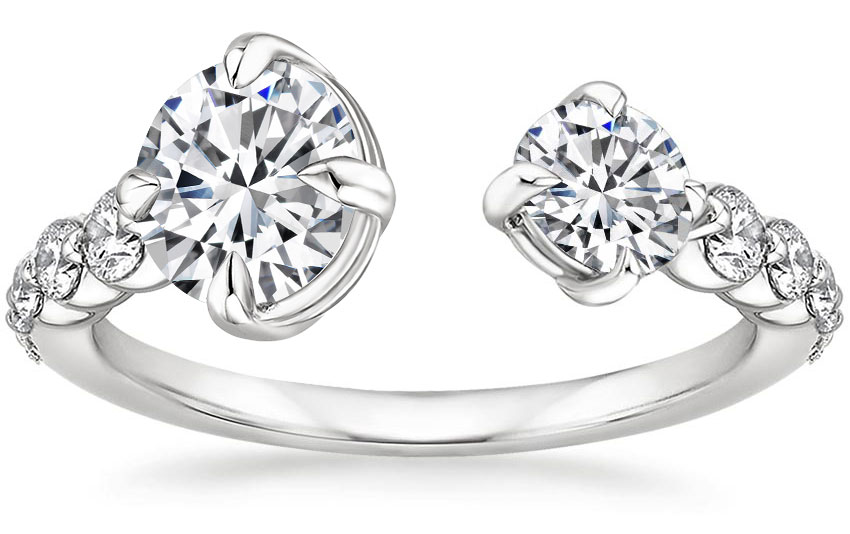
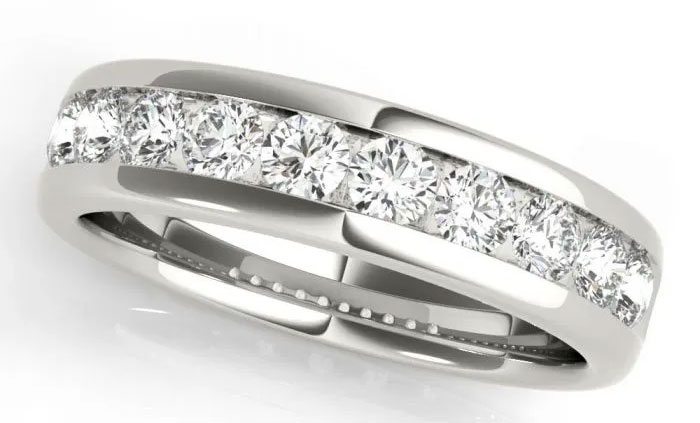
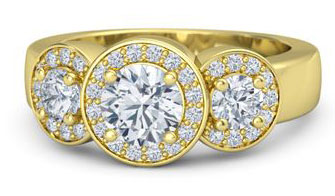



New! Comments
Share your comments below!